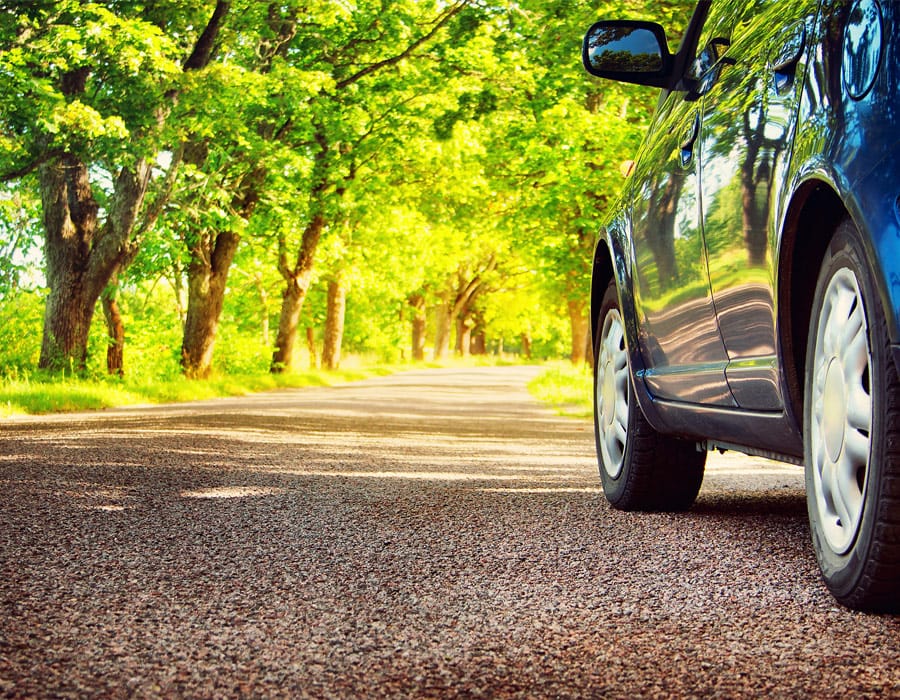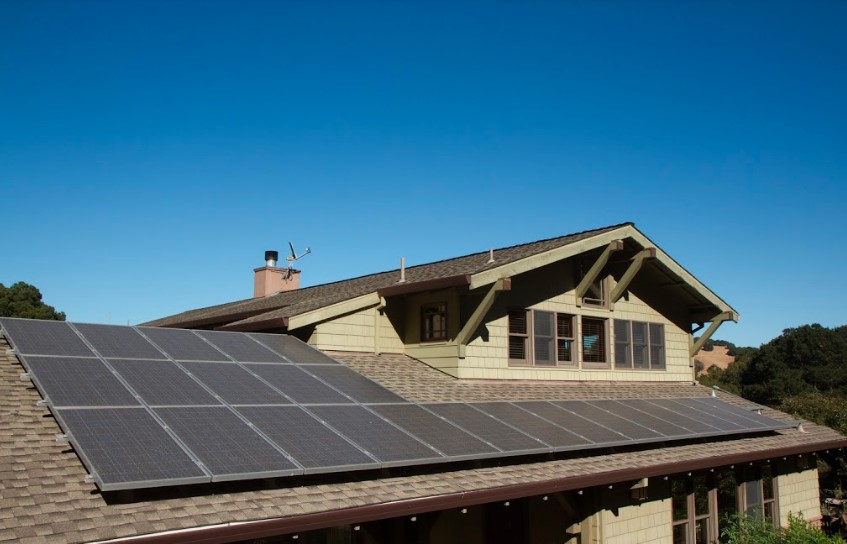One thing about roads is that their sub-surface or surface layers tend to wear off over time from constant use, and this happens regardless of the surface material used during installation. So, in order to prolong the lifespan of a road’s surface, proper maintenance needs to be carried, and one such maintenance method is ‘Road Surface Dressing‘.
This road surface dressing is a form of maintenance treatment that is applied to roads to seal and preserve their surface. Typically, surface dressings are composed of a bitumen emulsion (that has been modified) and aggregates.
Road surface dressing as a maintenance method has the potential to bring down the need for more extensive, not to mention expensive resurfacing and rebuilding work, thus, allowing for more efficient budget management.
Road Surface Dressing Vs. Road Resurfacing. Is There a Difference?
Although both are methods of road maintenance, they are not the same. Road surface dressing is more of a preventative measure that is used to preserve roads that are still in relatively good condition. It is a very cost-effective method that can last up to 10 years. The same road can also be redressed up to 3 times. Resurfacing, on the other hand, involves a more extensive structural maintenance of the road. The treatment process involves the removal and replacement of the top layer of the worn-out road surface.
What Types of Surfaces can be Dressed?
Typically, the surfaces that can be dressed are roads. However, with some modifications to the method (using micro asphalt instead of the standard dressing material), surface dressing can also be done on cycle lanes, pathways, and areas with little to no traffic. Expert surfacing contractors like Kane Construction will be able to advise on the best method for your situation.
The Road Dressing Process
During the dressing process, the road is first treated for major damages like; potholes, cracks and any areas where part of the surface has fallen off. Once this is complete, a fine layer of bitumen is sprayed on the road to create a tacky surface. This bitumen layer also fills in any surface gaps and gives the dressing something to adhere to.
The next step involves adding and rolling in either an asphalt/micro asphalt layer or any other aggregate material. This can be done either in a double or single layer formation, depending on road surface type and the amount of traffic the road is likely to endure. The surface will be allowed to settle and monitored for a few days.
Benefits of Road Surface Dressing
Roads are made waterproof
When roads are constructed with surfacing materials like tarmac or asphalt, any large cracks present can often cause significant water damage, which ultimately leads to other damages if left untreated. Surface dressing helps the road to maintain its waterproof nature since the bitumen layer and aggregates (stones, asphalt chippings) fill up the cracks.
Improved skidding resistance
The more traffic a road endures, the lesser the grip available for vehicles. Thankfully, road surface dressing can significantly improve the skidding resistance of a road, so the chances of vehicles skidding or losing their grip are decreased.
Quick to surface
The surface dressing process is quite straightforward as it involves simply applying a new layer over the existing one. This means that the contractors can complete large sections of a road in a few hours, which, when compared to resurfacing, is a huge time saver.
Cost-effective
When compared to other road maintenance methods like road resurfacing, surface dressing is more cost-effective. Since the process is also quite straightforward, less money is required for both labour and materials.
Long lasting
When done right, using the right materials and contractors, surface dressing can prolong the life of a road for more than 10 years without the need for any additional treatments.
Conclusion
Road surface dressing is a very effective method of preserving and prolonging the lifespan of a road. It comes with a host of benefits that includes; being cost-effective, quick to surface, long lasting, improving skidding resistance and making a road surface waterproof.






